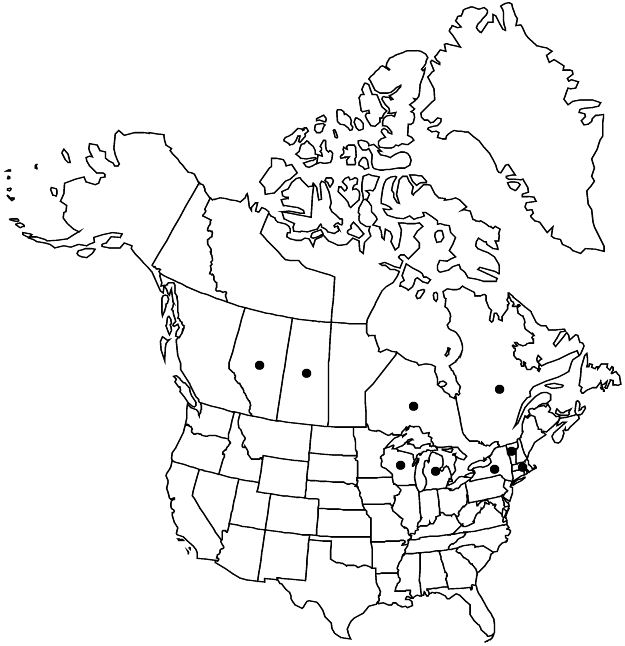Difference between revisions of "Crataegus chrysocarpa var. subrotundifolia"
J. Bot. Res. Inst. Texas 3: 240. 2009.
imported>Volume Importer |
imported>Volume Importer |
||
| Line 61: | Line 61: | ||
|publication year=2009 | |publication year=2009 | ||
|special status=Endemic | |special status=Endemic | ||
| − | |source xml=https:// | + | |source xml=https://bitbucket.org/aafc-mbb/fna-data-curation/src/2e0870ddd59836b60bcf96646a41e87ea5a5943a/coarse_grained_fna_xml/V9/V9_1026.xml |
|subfamily=Rosaceae subfam. Amygdaloideae | |subfamily=Rosaceae subfam. Amygdaloideae | ||
|tribe=Rosaceae tribe Gillenieae | |tribe=Rosaceae tribe Gillenieae | ||
Latest revision as of 22:53, 5 November 2020
Shrubs, 20–30 dm. Leaves: blade ovate to rhombic-obovate, base ± cuneate, sinuses: max LII 15–20%, lobe apex acute, veins 3–5 per side, abaxial surface glabrous, adaxial appressed-pubescent young, glabrescent or becoming short-scabrous. Inflorescences: branches thin-pilose. Flowers 15–20 mm diam.; hypanthium glabrous; stamens 10, anthers cream or ivory. Pomes red, suborbicular, 8–10 mm diam., pubescent or glabrous.
Phenology: Flowering May–Jun; fruiting Sep–Oct.
Habitat: Brush
Elevation: 0–400 m
Distribution

Alta., Ont., Que., Sask., Mass., Mich., N.Y., Vt., Wis.
Discussion
Nearly all Cypress Hills (Alberta and Saskatchewan) specimens of Crataegus chrysocarpa match the characteristics of var. subrotundifolia, but they are evidently different from the eastern form representing the type.
Variety subrotundifolia is a weakly differentiated variety originally held to be restricted to the southern section of the eastern part of the range of Crataegus chrysocarpa, where it is locally common. In plants from this area, the leaves are more coriaceous and a darker green, and the fruit is a deeper, richer red than those of sympatric var. chrysocarpa.
Selected References
None.